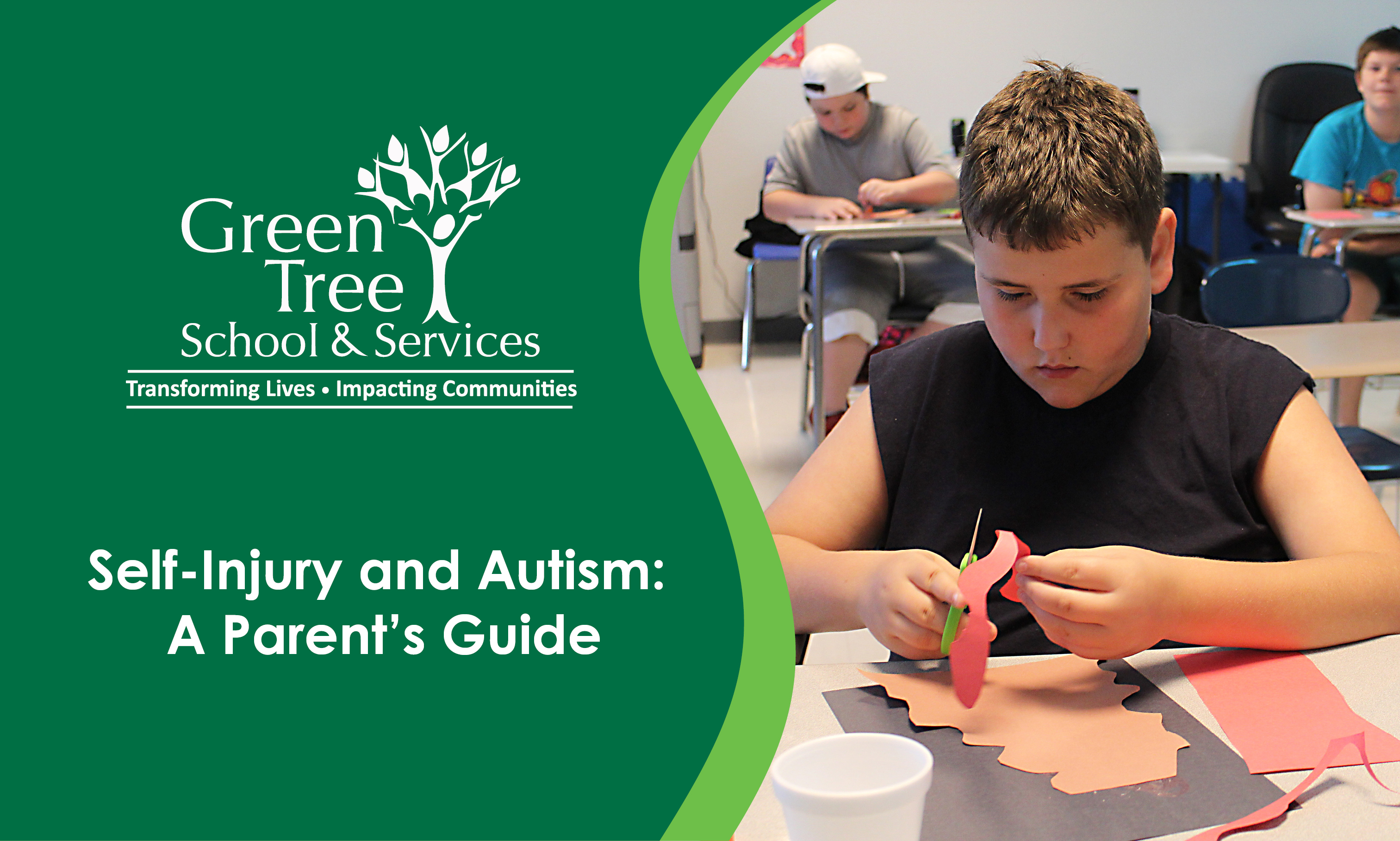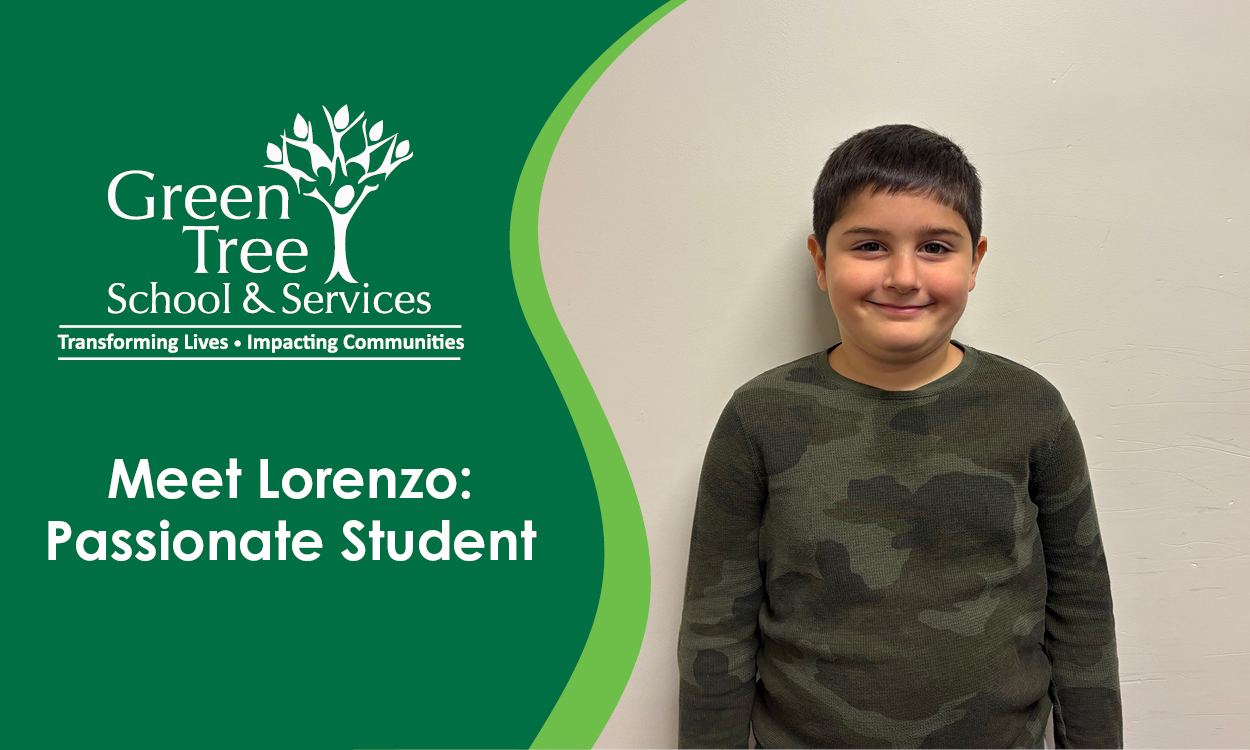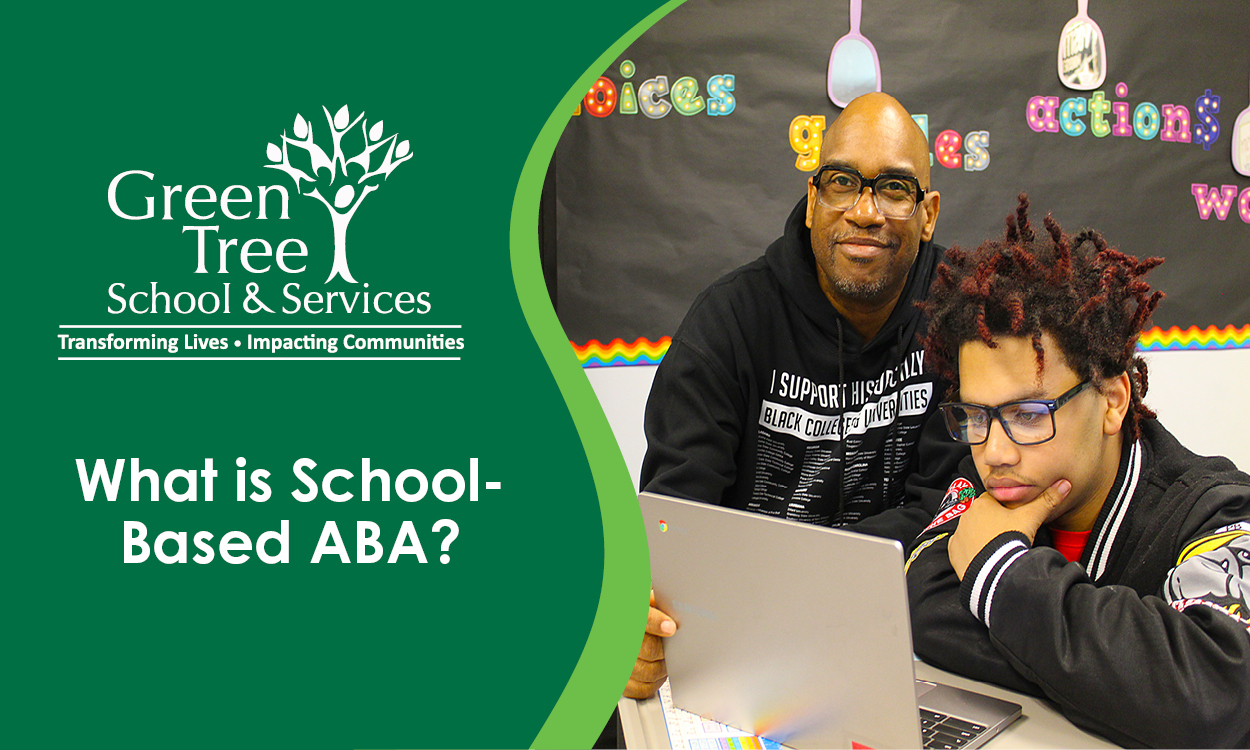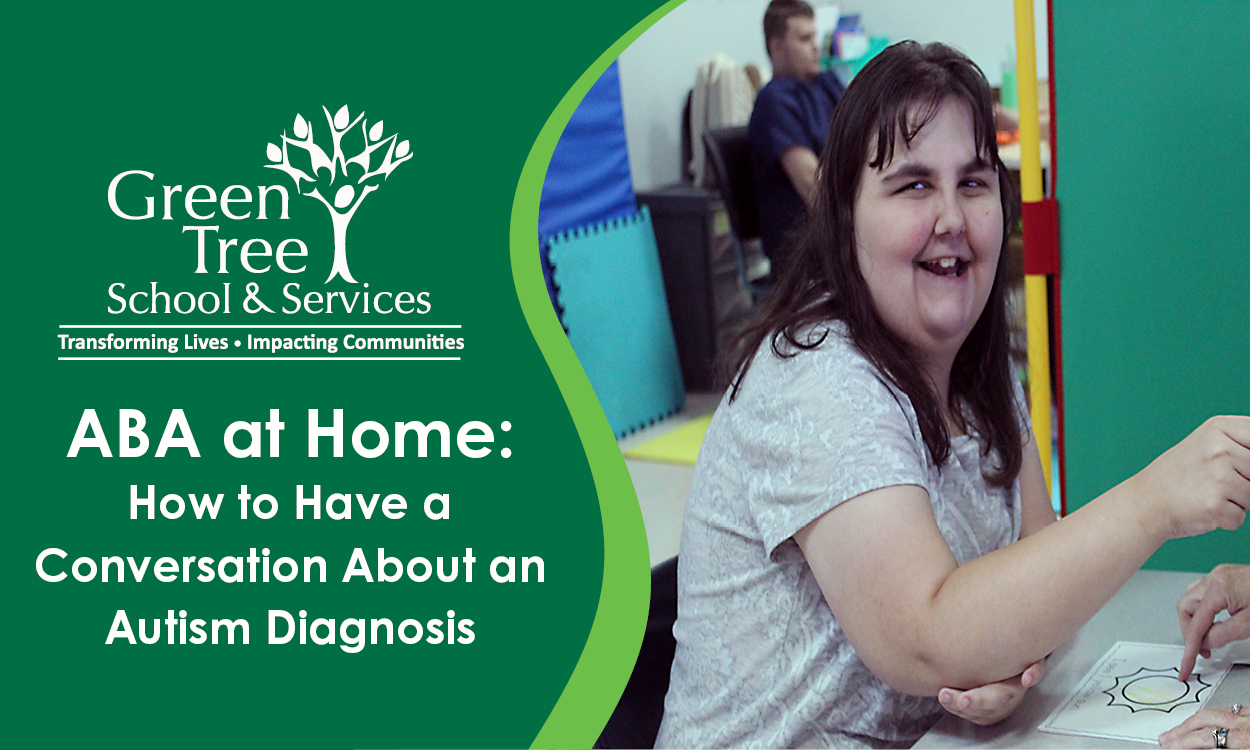Self-Injury and Autism: A Parent’s Guide
Posted: September 26, 2023 | Written By: Michelle Brown | Category:

Almost nothing is more devastating for parents and caregivers than the idea of their children harming themselves. Why is this happening? Have I done something wrong? Will this get worse over time? How can I stop it?
About one in four children with autism spectrum disorder (autism) hit, scratch, or hurt themselves in some way. While these behaviors can seem scary and overwhelming, here is some helpful information to help you recognize, understand, and respond appropriately to self-injury.
What is Self-Injury?
Self-injury is any behavior that causes harm to oneself. It is important to know that anyone can engage in self-injurious behaviors, and that these behaviors occur for a variety of reasons. However, we will be specifically discussing unintentional self-injury as it relates to autism. Some examples of self-injury include, but aren’t limited to: slapping, scratching, headbanging, biting, pinching, picking at skin, and hair pulling.
Why Does My Child Self-Injure?
People with autism who exhibit self-injury are not actually trying to hurt themselves. They engage in these behaviors for other specific reasons, such as communication, sensory stimulation, and brain chemistry. Let’s explore each one:
Communication - Some people with autism self-injure as an attempt to communicate an urgent need, feeling, or frustration that they are not able to put into words. The Autism Research Institute explains it best:
Biting, headbanging or other self-injurious behaviors are a means of getting their needs met and may be their urgent need to express pain, fear, displeasure, or anxiety. They may be trying to say, for example, “I’m scared, I want to get out of here” or “This is too hard, I don’t want to do this” or “Play with me!” or “Look at me!” or “My head hurts, it feels better when I bang it,” etc.
Sensory Stimulation - Sensory stimulation, or “stimming” is the compulsive or repetitive performance of certain physical movements or vocalizations. People (especially children and young adults) with autism can often become overwhelmed or overstimulated. Stimming can be a comforting sensory activity to help self-regulate and feel some sense of control in an unpredictable environment. Understimulation (or boredom) can also bring on stimming in some cases. For more information on stimming, check out this article.
Brain Chemistry - It is possible that there are other factors that could be contributing to self injurious behaviors. Some examples could include seizures, genetic factors, or other health conditions which may affect the biochemistry of the brain.
How Should I Handle Self-Injury In My Child?
First, know that you do not need to, and should not handle this alone. Be sure to reach out to your child’s school, health professionals, and support groups for a team approach to making sure you and your child have the best help possible.
With this team approach in mind, the most important next step is to determine why the behavior is occurring. Your child’s school or clinician may do a behavior assessment to help find the cause. Once you understand the behavior, you and your team can make a plan to address it.
If the behavior is due to brain chemistry, seizures, or a physical ailment that is causing pain, sometimes the solution is as simple as addressing the underlying condition medically. If the self-injury is happening as a means of communication or stimming, here are some helpful things to know:
- Self-injury can often be a learned behavior. Many well-meaning parents reinforce self-injurious behaviors without realizing it by removing what is unwanted or providing what is desired each time the behavior occurs. Although this reaction comes with the best intentions, it could ultimately be teaching a child that self-injury is the best way to get what they need or want.
- The most important thing you can do is teach your child to communicate in other, more productive ways. (This could be with words or without words, depending on your child.) It helps to practice various scenarios, needs or situations and the safer way to communicate them before they actually occur. Be very encouraging and rewarding of these replacement behaviors so your child understands that they get their needs met more quickly, effectively, and with praise from their loved ones when they use the replacement behavior instead of the self-injury. This takes practice, and the support of your team, but it can help immensely.
- It can also be very helpful to proactively remove or reduce any “triggers” or scenarios that you’ve learned bring on the injurious behaviors before they occur — especially until better communication skills are developed. For instance, if a task is too difficult and is bringing on self-injury, perhaps make the task less difficult or provide more help so that your child does not become frustrated to the point of injuring themselves.
- The Autism Research Institute has an online resource to help understand and treat self-injurious behaviors. While this is not a replacement for your team of professionals, it can be a very helpful tool to help guide you and supplement your needs.
Important Note on Autism and Self Harm
While the self-injury discussed above is of an unintentional nature, parents should also be aware that young people on the autism spectrum are also more likely to engage in various forms of intentional self harm. If you know or suspect that your child is harming themselves intentionally, seek professional help right away. For more information on self harm, this article can help.
Want to be notified of new articles and resources from Green Tree Schools? Click here to submit your email and opt into our newsletter.









